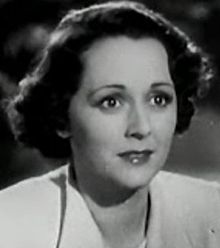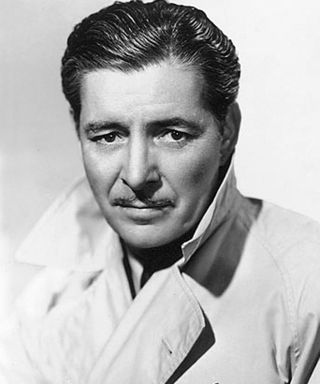
Ronald Charles Colman was an English-born actor, starting his career in theatre and silent film in his native country, then emigrating to the United States where he had a highly successful Hollywood film career. He starred in silent films and successfully transitioned to sound, aided by a distinctive, pleasing voice. He was most popular during the 1920s, 1930s and 1940s. He received Oscar nominations for Bulldog Drummond (1929), Condemned (1929) and Random Harvest (1942). Colman starred in several classic films, including A Tale of Two Cities (1935), Lost Horizon (1937) and The Prisoner of Zenda (1937). He also played the starring role in the Technicolor classic Kismet (1944), with Marlene Dietrich, which was nominated for four Academy Awards. In 1947, he won an Academy Award for Best Actor and Golden Globe Award for Best Actor for the film A Double Life.
The National Conservative Convention (NCC), is the most senior body of the Conservative Party's voluntary wing. The National Convention effectively serves as the Party's internal Parliament, and is made up of its 800 highest-ranking Party Officers.

Marie Adelaide Elizabeth Rayner Lowndes, who wrote as Marie Belloc Lowndes, was a prolific English novelist, and sister of author Hilaire Belloc.

William H. Daniels ASC was a film cinematographer who was best-known as actress Greta Garbo's personal lensman. Daniels served as the cinematographer on all but three of Garbo's films during her tenure at Metro-Goldwyn-Mayer, including Torrent (1926), The Mysterious Lady (1928), The Kiss (1929), Anna Christie (1930), Grand Hotel (1932), Queen Christina (1933), Anna Karenina (1935), Camille (1936) and Ninotchka (1939). Early in his career, Daniels worked regularly with director Erich von Stroheim, providing cinematography for such films as The Devil's Pass Key (1920) and Greed (1924). Daniels went on to win an Academy Award for Best Cinematography for his work on The Naked City (1948).
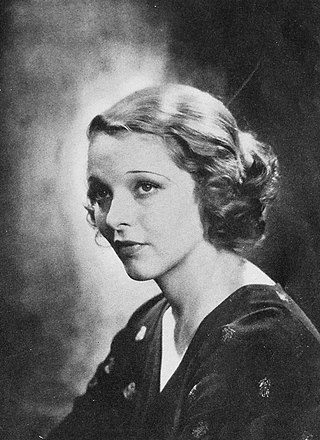
Sally Blane was an American actress who appeared in more than 100 movies.
The Halls of Ivy is an American situation comedy that ran from 1950 to 1952 on NBC radio, created by Fibber McGee & Molly co-creator/writer Don Quinn. The series was adapted into a CBS television comedy (1954–55) produced by ITC Entertainment and Television Programs of America. British husband-and-wife actors Ronald Colman and Benita Hume starred in both versions of the show.
George Joseph Folsey, A.S.C., was an American cinematographer who worked on 162 films from 1919 to his retirement in 1976.

Olivia Joyce Compton was an American actress.
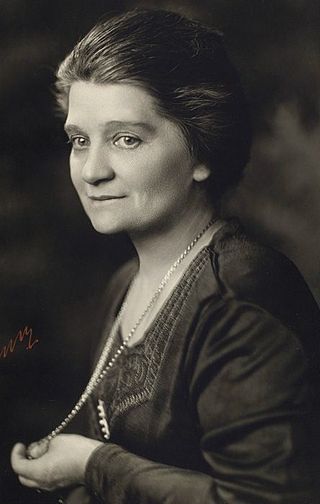
Lucy Beaumont was an English actress of the stage and screen from Bristol.

Leonora Mary Johnson, known professionally as Nora Swinburne, was an English actress who appeared in many British films.
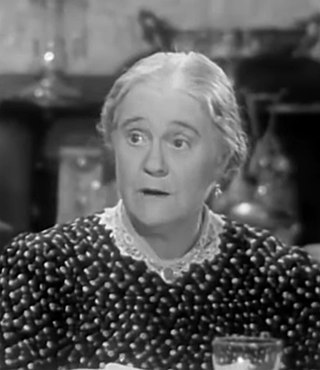
Mary Gordon was a Scottish actress who mainly played housekeepers and mothers, most notably the landlady Mrs. Hudson in the Sherlock Holmes series of movies of the 1940s starring Basil Rathbone and Nigel Bruce. Her body of work included nearly 300 films between 1925 and 1950.
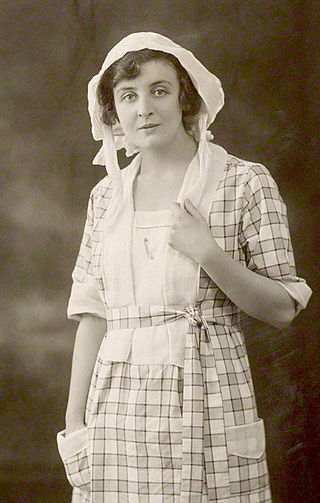
Hessy Doris Lloyd was a British actress. She appeared in The Time Machine (1960) and The Sound of Music (1965).
Maurice Elvey was one of the most prolific film directors in British history. He directed nearly 200 films between 1913 and 1957. During the silent film era he directed as many as twenty films per year. He also produced more than fifty films – his own as well as films directed by others.

For the British writer, see Mary Forbes Evans.
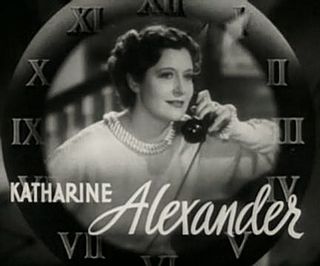
Katharine Alexander was an American actress on stage and screen. She appeared in 44 films between 1930 and 1951.
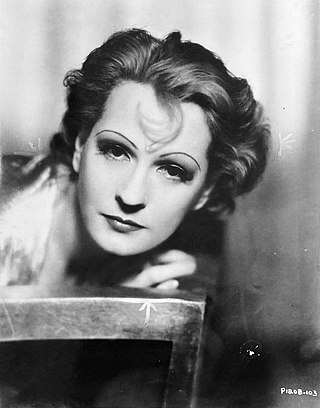
Juliette Compton was an American actress whose career began in the silent film era and concluded with That Hamilton Woman in 1941.
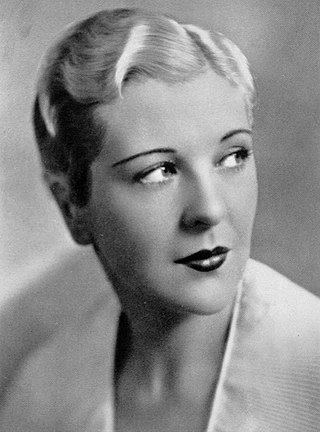
Natalie Moorhead was an American film and stage actress of the 1920s and 1930s. She was known for distinctive platinum blond hair.

Louise Carter was an American stage and film actress. She appeared in 48 films between 1924 and 1940, mostly in maternal supporting roles. Among her roles were the mother of Paul Muni in I Am a Fugitive from a Chain Gang (1932), the wife of Lionel Barrymore in Broken Lullaby (1932) and the wife of W. C. Fields in You're Telling Me! (1934).
Hugh Wynn (1897–1936) was an American film editor. He was employed by the Hollywood studio MGM from 1924 until his sudden death in 1936.
